Noboru Miura0-198517564, 9780198517566
Table of contents :
Contents……Page 8
1 Introduction……Page 14
2.1 Free electrons in magnetic fields……Page 19
2.2 Landau levels……Page 24
2.3.1 Effective mass approximation……Page 30
2.3.2 Semiclassical treatment……Page 34
2.4.1 Two-band model……Page 35
2.4.2 Conduction bands……Page 37
2.4.3 Valence bands……Page 39
2.4.4 Pidgeon-Brown model……Page 43
2.5.1 MOS-FET and heterostructure……Page 46
2.5.2 Quantum well……Page 49
2.5.3 Superlattice……Page 54
2.5.4 Quantum wire and quantum dot……Page 55
2.6.1 Crossed magnetic and electric fields……Page 56
2.6.2 Edge states……Page 58
2.7.1 Breakdown of effective mass theory……Page 59
2.7.2 Magnetic breakdown……Page 64
2.8.1 Donor states……Page 65
2.8.2 Exciton states……Page 72
3.1.1 Magneto-conductivity and magneto-resistance……Page 77
3.1.2 Effect of scattering……Page 80
3.1.3 Quantum theory of transport phenomena in high magnetic fields……Page 82
3.2.1 Shubnikov-de Haas effect in bulk semiconductors and semimetals……Page 84
3.2.2 Shubnikov-de Haas effect in two-dimensional systems……Page 88
3.3.1 Integer quantum Hall effect……Page 91
3.3.2 Fractional quantum Hall effect……Page 99
3.3.3 Measurement of quantum Hall effect in pulsed magnetic fields……Page 105
3.4.1 Magneto-tunneling in tunnel diodes……Page 107
3.4.2 Magneto-tunneling for B ⊥ barrier layers……Page 109
3.4.3 Magneto-tunneling for B || barrier layers……Page 111
3.4.4 Chaotic behavior for tilted magnetic fields……Page 116
3.5.1 Magnetophonon resonance in bulk semiconductors……Page 119
3.5.2 Magnetophonon resonance in two-dimensional electron systems and superlattices……Page 126
3.5.3 Hot electron magenetophonon resonance……Page 129
3.5.4 Magnetophonon resonance in multi-valley semiconductors……Page 133
3.6 Angular dependent magneto-oscillation……Page 134
4.1.1 Observation of classical cyclotron resonance……Page 138
4.1.2 Quantum theory of cyclotron resonance……Page 141
4.1.3 Cyclotron resonance in anisotropic bands……Page 143
4.1.4 Cyclotron resonance in two-dimensional systems……Page 147
4.1.5 Impurity cyclotron resonance and impurity transition……Page 148
4.2.1 Cyclotron resonance in non-parabolic bands……Page 150
4.2.2 Spin-split cyclotron resonance……Page 152
4.3 Resonance line-width……Page 154
4.3.1 Spin relaxation……Page 157
4.4.1 Kohn’s theorem……Page 159
4.4.2 Mode coupling in spin-split cyclotron resonance……Page 160
4.4.3 Filling factor dependence of effective mass and line-width……Page 163
4.5 Polaron effects……Page 167
4.6 Temperature dependence of effective mass……Page 172
4.7 Spin resonance and combined resonance……Page 174
4.8 Structural phase transitions……Page 175
4.9.1 Hole cyclotron resonance in bulk crystals……Page 179
4.9.2 Hole cyclotron resonance in two-dimensional systems……Page 180
4.10.1 Camel’s back structure……Page 183
4.10.2 Semiconducting diamond……Page 187
4.10.3 Graphite……Page 189
4.10.4 Bi[sub(2)]Se[sub(3)] family……Page 191
4.11.1 Short period superlattices with parallel magnetic fields……Page 193
4.11.2 Angular dependence of the effective mass in quantum wells……Page 195
4.11.3 Cyclotron resonance in quantum dots……Page 198
4.12.1 Γ-L cross-over in GaSb……Page 200
4.12.2 Γ—X cross-over in GaAs/AlAs superlattices……Page 202
4.12.3 Semimetal-semiconductor transition……Page 205
4.13.1 Magneto-plasma……Page 209
4.13.2 Helicon wave and Alfvén wave……Page 213
5.1.1 Density of states and the absorption coefficient……Page 219
5.1.2 Magneto-absorption spectra……Page 221
5.2.1 Exciton spectra in magnetic fields……Page 228
5.2.2 Dielectric constant……Page 230
5.2.3 Quasi-two-dimensional excitons in quantum wells……Page 231
5.2.4 Magneto-photoluminescence……Page 238
5.3.1 Magneto-optical spectra in doped quantum wells……Page 239
5.3.2 Fermi edge singularity……Page 242
5.3.3 Anomalies at integer and fractional filling of the Landau levels……Page 244
5.4.1 Γ—X cross-over for B ⊥ layers……Page 246
5.4.2 Photoluminescence in type II short-period superlattices and quantum wells……Page 251
5.4.3 Magneto-optics for B || layers……Page 254
5.5.1 Quantum dots……Page 257
5.5.2 Quantum wires……Page 261
5.6.1 GaSe……Page 265
5.6.2 PbI[sub(2)]……Page 268
5.6.3 BiI[sub(3)]……Page 275
5.6.4 (C[sub(6)]H[sub(13)]NH[sub(3)])[sub(2)]PbI[sub(4)]……Page 276
5.7.1 Principle of Faraday rotation……Page 278
5.7.2 Interband Faraday rotation……Page 281
6.1.1 Diluted magnetic semiconductors……Page 285
6.1.2 Energy levels in the conduction band and the valence band……Page 286
6.2.1 Faraday rotation in diluted magnetic semiconductors……Page 287
6.2.2 Exciton spectra in diluted magnetic semiconductors……Page 291
6.3.1 Magnetization curve in magnetic semiconductors……Page 292
6.3.2 Magnetization steps……Page 294
6.3.3 Narrow gap DMS……Page 296
6.4.1 Exchange interaction in DMS quantum wells……Page 300
6.4.2 Magnetization step in quantum wells……Page 303
6.4.3 Magnetic field-induced type I – type II transition……Page 304
6.5.1 Effect of magnetic ions on the effective mass……Page 306
6.5.2 Cyclotron resonance in III-V magnetic semiconductors……Page 308
7.1.2 Pulsed high magnetic fields……Page 312
7.1.3 Ultra-high magnetic fields……Page 317
7.2 Measurement of magnetic fields……Page 327
7.3.1 Transport measurement……Page 329
7.3.2 Optical measurement……Page 331
7.3.3 Infrared and far-infrared laser spectroscopy……Page 333
7.3.4 Magnetic measurement……Page 336
8 General references……Page 339
References……Page 344
C……Page 368
G……Page 369
L……Page 370
P……Page 371
T……Page 372
Z……Page 373
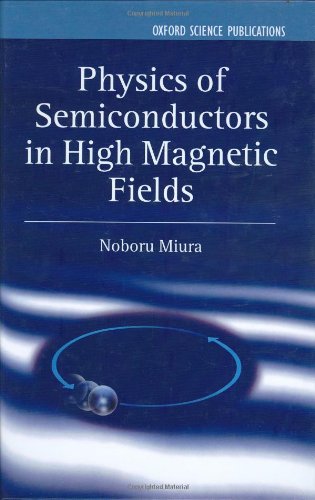

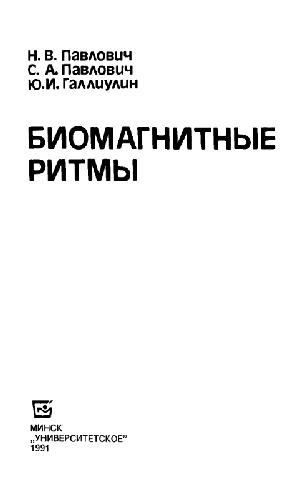
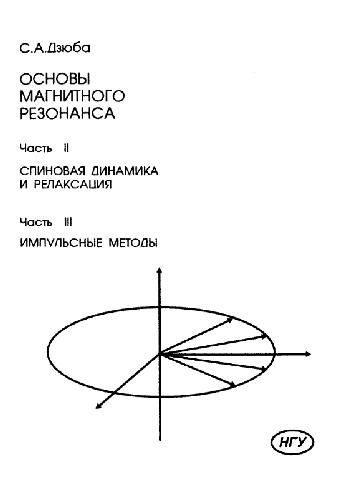

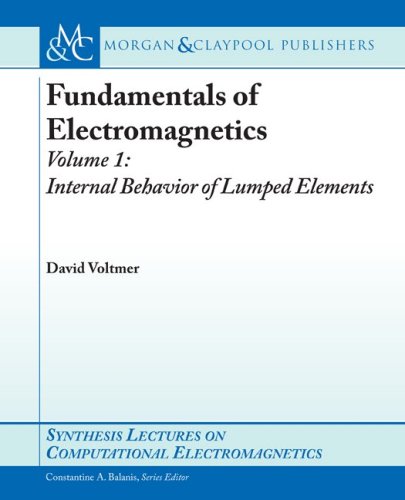
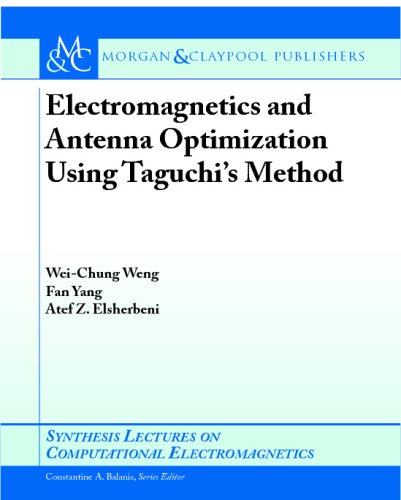
Reviews
There are no reviews yet.